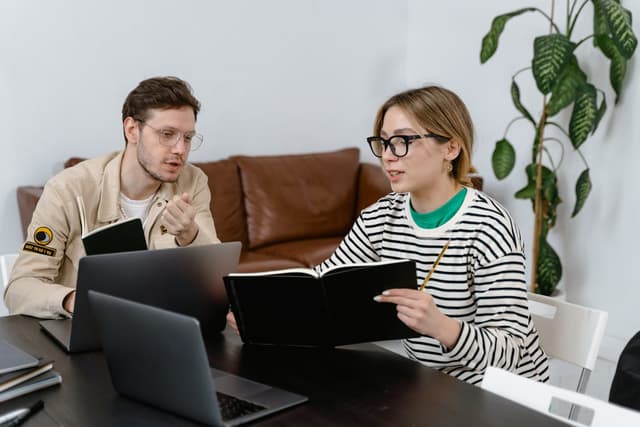Starter quiz
- What instrument would you use to measure temperature?
- weighing scales
- thermometer ✓
- calculator
- ruler
-
 The melting temperature of water is ______°C.
The melting temperature of water is ______°C.- '0' ✓
- Which of these materials has the lower melting temperature?
 olive oil ✓
olive oil ✓ sugar
sugar
- Match the state to the description.
- solid state⇔keeps its shape unless a force is applied to it ✓
- liquid state⇔takes the shape of the bottom of its container ✓
- gas state⇔fills its container ✓
- What can you say about the melting temperature and freezing temperature of water?
- They are the same. ✓
- The melting temperature is a higher temperature than the freezing temperature.
- The freezing temperature is a higher temperature than the melting temperature.
-
 To change a material from solid state to liquid state, you need to _________ it.
To change a material from solid state to liquid state, you need to _________ it.- shake
- move
- cool
- heat ✓
-
Exit quiz
 The ______ temperature of a material is the temperature at which it changes from solid state to liquid state.
The ______ temperature of a material is the temperature at which it changes from solid state to liquid state.- 'melting' ✓
- Different _________ have different melting temperatures.
- materials ✓
- colours of water
- states of water
-
- Some materials, such as most metals, have really _________ melting temperatures.
- low
- high ✓
-
 Secondary sources of information, can be used to __________ melting temperatures. Examples of these include texts, images or objects created using information gathered by others.
Secondary sources of information, can be used to __________ melting temperatures. Examples of these include texts, images or objects created using information gathered by others.- conclude
- experiment
- research ✓
-
 How many secondary sources should you use when carrying out research?
How many secondary sources should you use when carrying out research?- 1 is enough
- as many as possible
- at least 2 ✓
-
- Which of these are not secondary sources of information?
- results from your own investigations ✓
- website pages
- textbooks
- articles in magazines
-
Worksheet
Presentation
Video
Lesson Details
Key learning points
- The melting temperature of a material is the temperature at which it changes from solid state to liquid state.
- Different materials have different melting temperatures.
- It is hard for scientists to create temperatures high enough to make some materials melt.
- Melting temperatures can be researched using secondary sources of information.
- When carrying out research, more than one source should be used to check that the information is accurate and reliable.
Common misconception
Children may think that only common materials such as ice melt; that materials cannot melt at room temperature or that when something melts, the liquid is a different substance to the original solid.
Children are shown a range of materials with different melting temperatures which range from below to above room temperature. They are taught to refer to materials in a way that highlights the fact that the material is still the same substance.
Keywords
Melting temperature - The melting temperature of a material is the temperature at which it turns from solid state to liquid state.
Solid - A solid has a fixed shape and volume but some solids can change shape when a force is applied.
Liquid - A liquid can flow, has a fixed volume and takes the shape of the bottom of its container.
Degrees celsius - Temperature is measured in degrees Celsius, often abbreviated to °C.
Secondary sources - Secondary sources are texts, images or objects created using information gathered by others.